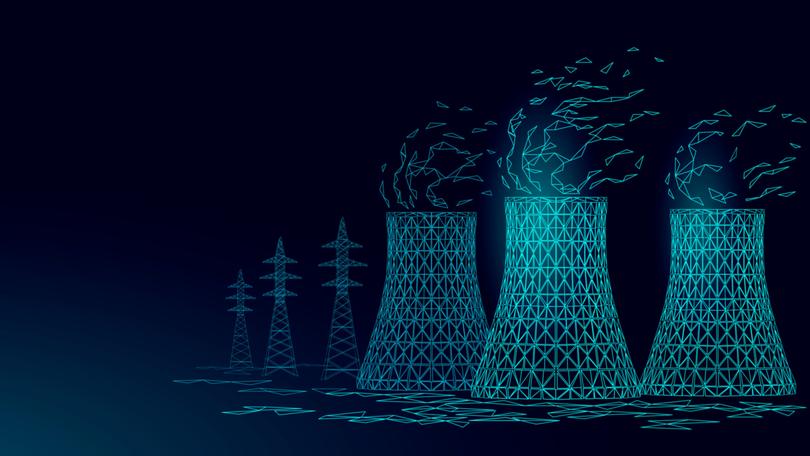EDITORIAL: Nuclear debate to be decided on cost, not ideology

A scroll through the social media pages of Labor MPs in the past 30 hours reveals a hell of a lot of three-eyed fish.
The unions have opted for ominous images of eerie figures be-suited in fallout garb, crouching in desolate ruins.
The message: Peter Dutton’s nuclear power plan will turn your community into a dystopian hellscape and probably deform your family pets along the way.
Sign up to The Nightly's newsletters.
Get the first look at the digital newspaper, curated daily stories and breaking headlines delivered to your inbox.
By continuing you agree to our Terms and Privacy Policy.Anthony Albanese prodded our memories towards the direction of the Fukushima and Chernobyl disasters with his contribution to the debate.
“Peter Dutton is taking a radioactive sledgehammer to the Australian economy. Everyone knows that there have been issues with nuclear reactors. Everyone knows those stories,” the Prime Minister said.
The negativity hasn’t deterred Mr Dutton from selling his crazy-brave-or-just-plain-crazy plan. He says he is prepared for “the mother of all scare campaigns” from Labor and that he welcomes next year’s Federal election becoming a referendum on nuclear.
Meanwhile, Australians have just one question: what is it going to cost?
The once-considerable anxieties around nuclear have cooled greatly since John Howard legislated his national atomic moratorium in 1998.
People are willing to be convinced of the merits of nuclear. After all, it has existed safely in other developed economies for decades, as a source of zero-emission power.
Even in the communities nominated by the Coalition as likely sites for reactors, the opposition has been relatively muted.
These are places that have long co-existed with coal-fired power stations. They’re unafraid of electricity generation on their doorstep. And if there are jobs in it for them to replace those which will go when those coal-fired stations are decommissioned, all the better.
Again, it all comes back to the dollars. After all, the end goal of both plans is the same: net zero by 2050. Where they differ is the vehicle used to get us there.
Rapidly rising electricity prices are a key component of the cost-of-living crisis. While our politicians quibble over ideology, families just want to know how much they can expect to pay to power their households.
In announcing his nuclear vision on Wednesday, Mr Dutton said he would not publicly reveal the plan’s cost.
The lack of cost clarity was — rightly — seized on by Labor. Australians can’t possibly be asked to make an informed decision about a policy if they have no idea of the cost of it.
The Coalition has seen reason and now says those forecasts will be available “in due course” before the 2025 election.
The issue from here is that estimating the costs of massive infrastructure projects — particularly decades out — is a mug’s game. Enormous blow-outs are the rule, not the exception. And while Labor will say that the Coalition’s costs are based on little more than hopeless optimism and fairy dust, the same can conceivably be said of their own renewables plan, once the cost of the poles and wires required for transmission are factored in.
It will come down to who can mount the most convincing pitch, and who voters trust more to look after their hip pockets.
